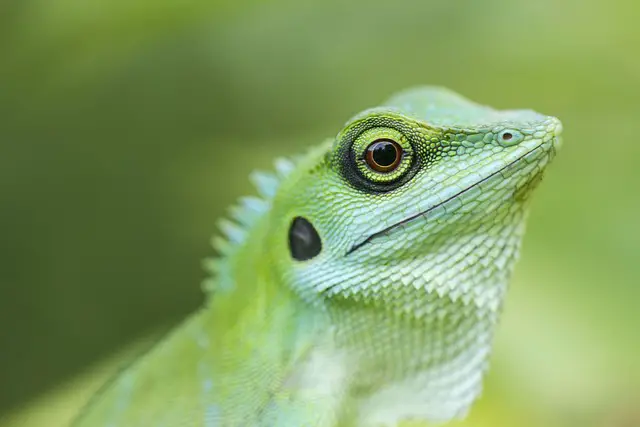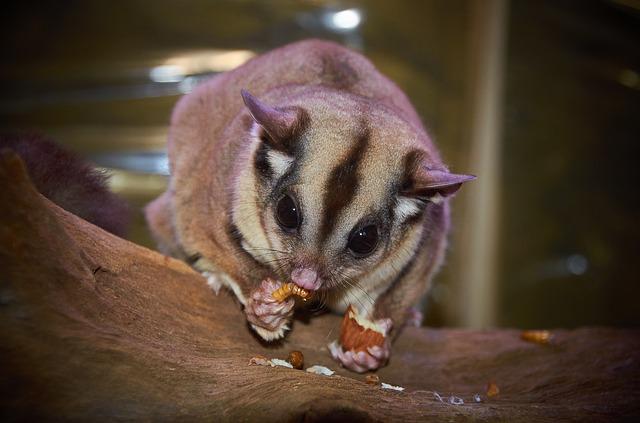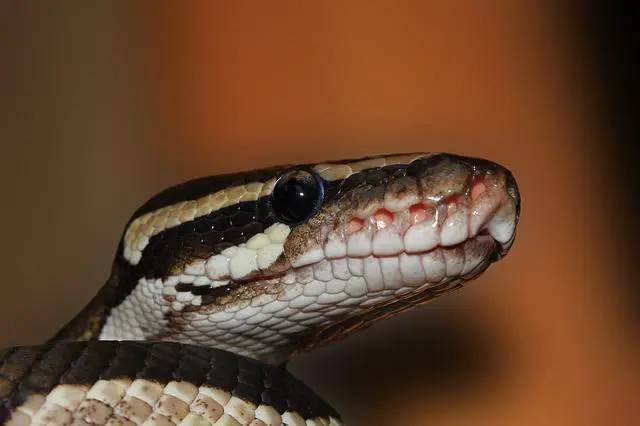When we think of lizards, we often imagine them scurrying across the ground or climbing up trees. But do lizards stay in one place? The answer to this question depends on the species of lizard and the situation they are in. Some lizards are known for their ability to stay still for long periods, while others are constantly on the move.
Many species of lizards are known for their ability to blend into their surroundings. This is called camouflage, and it helps them avoid predators.
Some lizards, such as chameleons, are particularly adept at changing their skin color to match their environment. Other lizards, such as the horned lizard, have spiny scales that help them blend in with rocks and desert terrain.
When a lizard is camouflaged, it may appear to stay in one place, but it constantly scans its environment for danger.
Some lizards are more active than others. For example, geckos are known for climbing walls and ceilings, while anoles are known for their quick movements and ability to jump. These lizards are constantly on the move, searching for food and mates.
Other lizards, such as the Gila monster, are slower-moving and spend much time hiding in burrows. So, while some lizards may appear to stay in one place, it is essential to remember that each species has unique behaviors and habits.
Do Lizards Stay in One Place?
When it comes to lizards, the answer to whether they stay in one place is not simple. Instead, it depends on several factors, including the species, habitat, and time of day.
Some lizard species are known for their sedentary behavior, while others are more active and tend to move around frequently. For example, the Gila monster is a slow-moving lizard that spends most of its time in one place, while the chameleon is known for its ability to change colors and blend in with its surroundings as it moves from place to place.
The habitat of a lizard also plays a significant role in its movement patterns.
Lizards in deserts or other arid regions tend to stay in one place more often than those in more temperate climates. This is because desert lizards are adapted to conserve water and energy, and moving around too much can be costly regarding both resources.
Finally, the time of day can also affect whether a lizard stays in one place. Nocturnal lizards, for example, are more active at night and tend to stay in one place during the day. On the other hand, diurnal lizards are more active during the day and may move around more frequently.
In conclusion, whether lizards stay in one place is a complex question with no simple answer. It depends on several factors, including species, habitat, and time of day. Some lizards are more sedentary than others, and their movement patterns can vary depending on their environment and behavior.
Types of Lizards
There are over 6,000 species of lizards in the world, each with unique characteristics and behaviors. Here are a few examples:
- Chameleons: Known for their ability to change colors, chameleons are found in Africa, Madagascar, and parts of Asia. They use long tongues to catch insects, and their eyes can move independently, allowing them to look in two directions at once.
- Geckos: These small, nocturnal lizards are found in warm climates worldwide. They have adhesive pads on their feet that allow them to climb vertical surfaces and make a range of sounds, from chirps to barks.
- Iguanas: Native to Central and South America, iguanas are known for their long tails and spiky crests on their heads and backs. They are herbivores and can grow up to six feet in length.
Other types of lizards include:
| Type | Location | Characteristics |
|---|---|---|
| Monitor lizards | Africa, Asia, Australia | Large, carnivorous, excellent climbers and swimmers |
| Skinks | Worldwide | Smooth, shiny scales, long tails, some have bright blue tongues |
| Horned lizards | North and Central America | Short, squat bodies and spiny scales can shoot blood from their eyes as a defense mechanism. |
These are just a few examples of the diverse world of lizards. Each species has unique adaptations and behaviors that make it fascinating to study.
Habitat and Behavior
Lizards are cold-blooded reptiles that can be found in a variety of habitats, including deserts, forests, grasslands, and wetlands. Some species of lizards are arboreal, meaning they live in trees, while others are terrestrial, living on the ground. Some lizards are even semi-aquatic, living near bodies of water.
Depending on the species, lizards may be diurnal (active during the day) or nocturnal (active at night). They are also ectothermic, meaning their environment regulates their body temperature. This means they often bask in the sun or seek shade to regulate their body temperature.
Lizards are generally solitary animals, although some species may live in groups. They communicate through body language, such as head bobbing or tail waving. Some species of lizards are also known for their ability to change color, which they use for communication and camouflage.
Regarding movement, lizards are known for their ability to run, climb, and even swim. Some species can also glide through the air using skin flaps or membranes.
Overall, lizards are fascinating creatures that have adapted to various habitats and behaviors. Therefore, understanding their habitat and behavior is crucial for their conservation and protection.
Factors Affecting Lizard Movement
Several factors can affect the movement of lizards. These factors can include the following:
- Temperature: Lizards are cold-blooded creatures, meaning the environment regulates their body temperature. When it’s too hot or cold, lizards may move to find a more suitable temperature.
- Food availability: Lizards need to eat to survive, so if there’s a food shortage in their current location, they may move to find a better food source.
- Water availability: Like all living creatures, lizards need water to survive. They may move to find a water source if there’s no water in their current location.
- Shelter: Lizards need shelter to protect themselves from predators and extreme weather. If there’s no suitable shelter in their current location, they may move to find a safer place.
- Territorial behavior: Some species of lizards are territorial and will defend their territory against others. If another lizard enters their territory, it may move to protect it.
It’s important to note that not all lizards move for the same reasons. For example, some species may be more sensitive to temperature changes, while others may be more concerned with finding food or water. Additionally, some species may be more territorial than others, affecting their movement patterns.
Overall, the factors affecting lizard movement are complex and varied. Therefore, while some generalizations can be made, it’s essential to consider the specific species and environment when studying lizard movement patterns.









